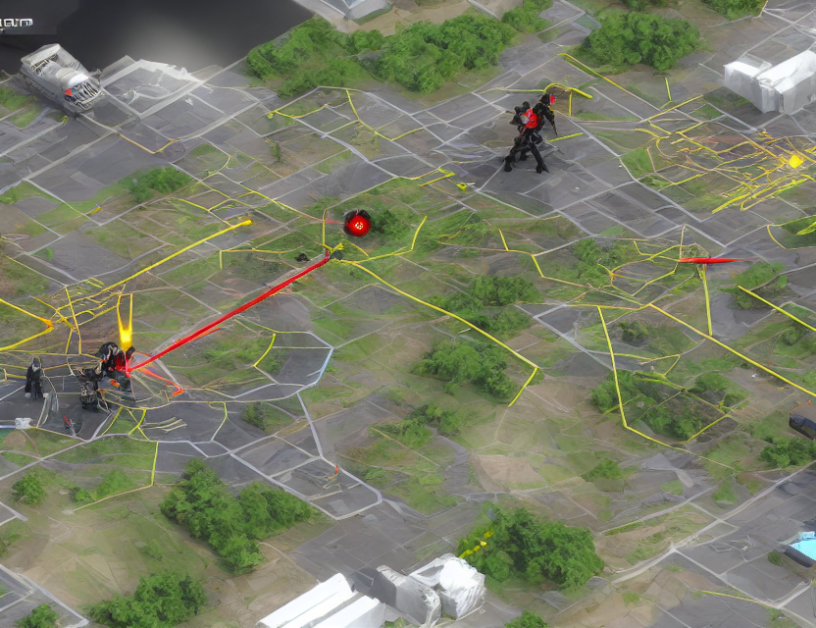In this article, we explore the use of large language models (LLMs) to enhance strategic decision-making in complex environments. By leveraging the power of these models, we aim to improve the efficiency and accuracy of agent decision-making, while also reducing computational requirements and memory usage. Our proposed architecture utilizes a combination of recency, importance, and relevance scores to guide the selection of relevant memory fragments for decision-making.
Recency Score
The recency score assigns higher priority to recent observations, ensuring that the most up-to-date information is given more weightage in the decision-making process. This allows agents to adapt quickly to changing circumstances and make informed decisions based on the latest available data. Think of it like a news anchor updating breaking news stories – recent events are given more prominence, as they are likely to be more relevant to current happenings.
Importance Score
The importance score is used to evaluate the significance of each memory fragment. This is done by assigning weights based on factors such as the agent’s goals, objectives, and priorities. Essentially, this score helps agents determine which memories are most critical to their decision-making process. Imagine it like a CEO sorting through a stack of documents – they need to prioritize which ones are most important to review first, based on their business objectives and current situation.
Relevance Score
The relevance score is used to measure the degree of relevance between memory fragments. This is done by calculating a score from 1 to 10, with higher scores indicating greater relevance. Think of it like a librarian cataloging books – they need to determine which books are most relevant to a particular subject or query, and assign them a score accordingly.
Normalizing Scores
To ensure that the final scores are on a consistent scale, we normalize the recency, importance, and relevance scores using a scaling method. This allows us to calculate a final score for each agent based on these three components. Picture it like a chef preparing a recipe – they need to ensure all ingredients are in proportion, so they can accurately measure the right amount of each one.
Conclusion
In summary, our proposed architecture leverages large language models (LLMs) to enhance strategic decision-making in complex environments. By utilizing recency, importance, and relevance scores, agents can selectively retrieve relevant memory fragments for decision-making, while reducing computational requirements and memory usage. This allows agents to make more informed decisions, adapt quickly to changing circumstances, and ultimately achieve their goals more effectively.



